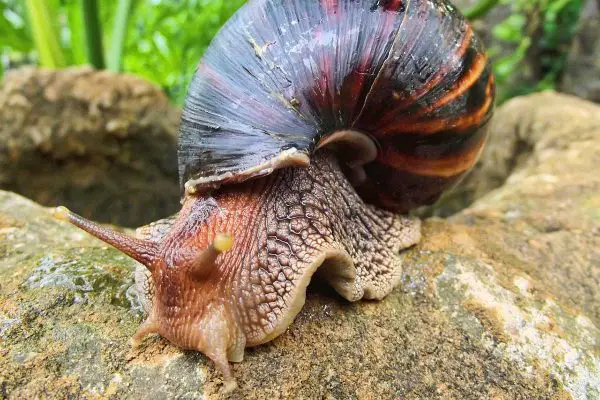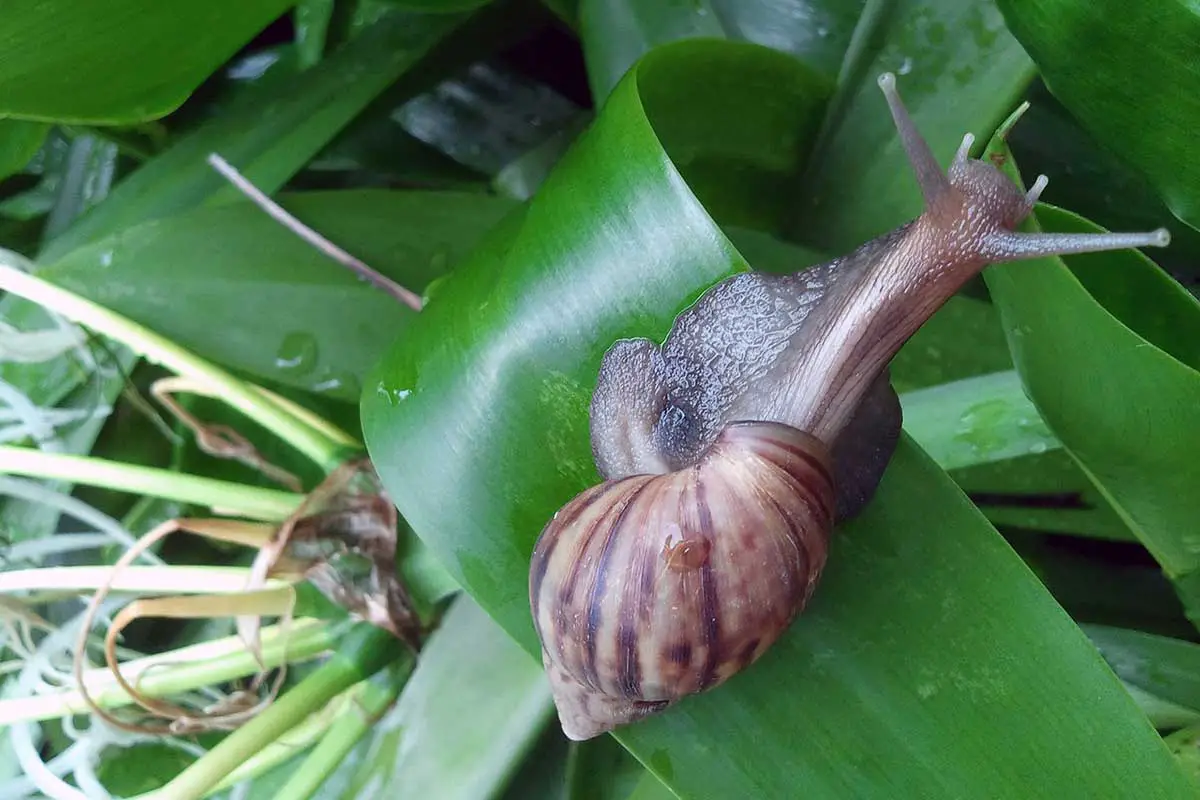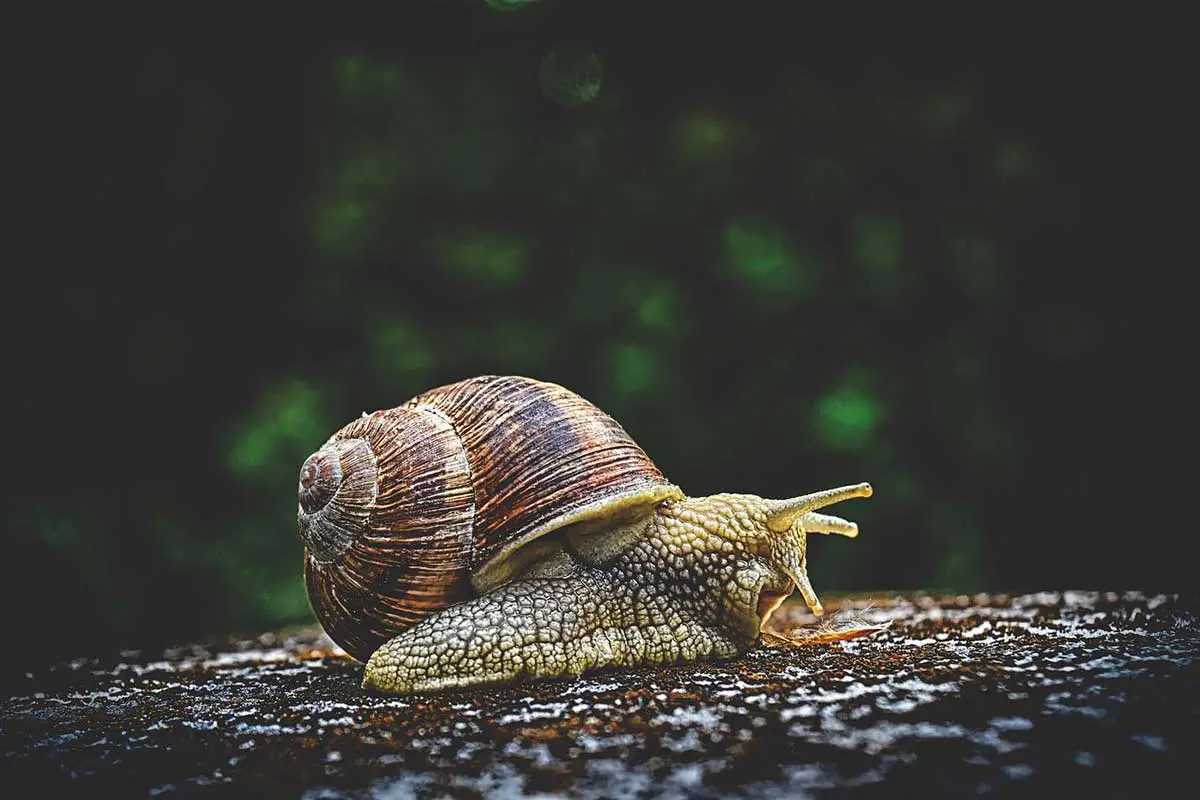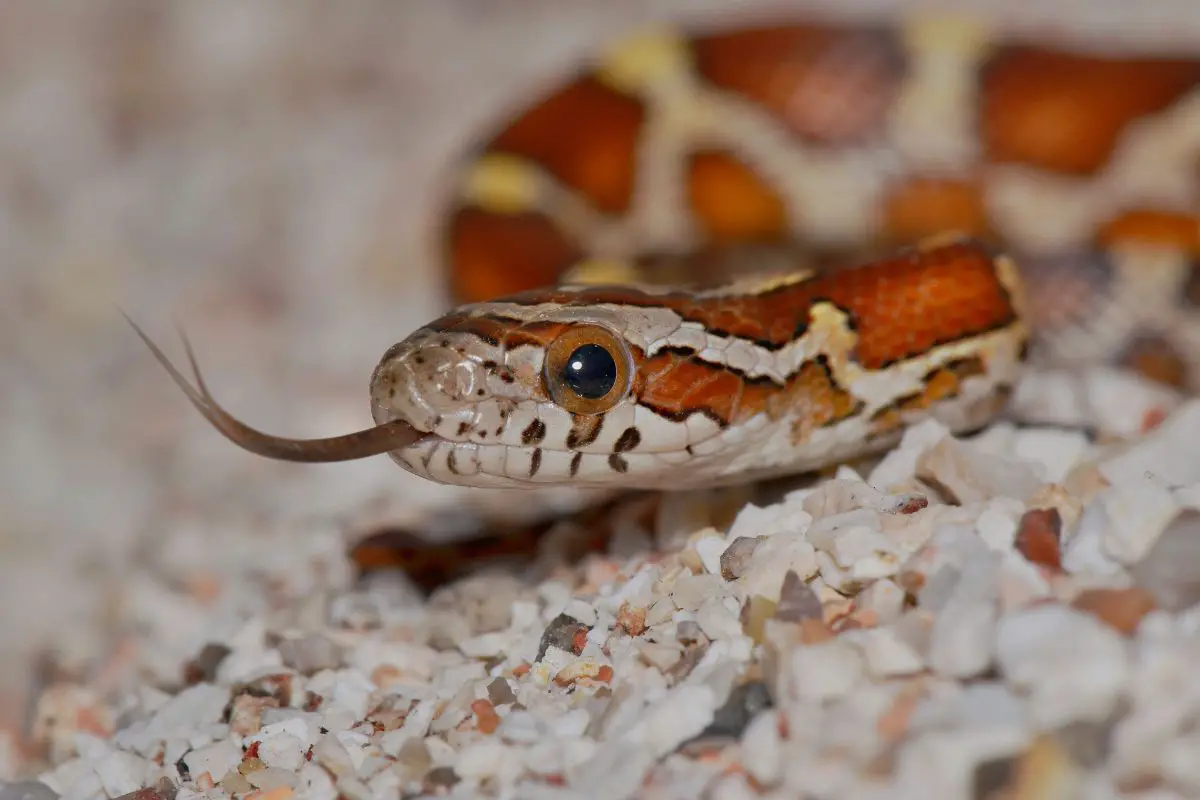Snail is a common name for many different types of mollusks. The word “snail” is also commonly used as an informal term for any gastropod. The word “land snail” specifically refers to the terrestrial species, which makes up about 80% of all known species. One thing all snails have in common is how slow they are. In this article we give an estimate on how far a snail can travel in a day.
A snail travels at a rate of around 1 foot per hour
The average snail travels at a rate of 1 foot per hour, which means that it will take 24 hours (or 1 day) to travel 24 feet. This is just the average speed; some snails can move even slower.
If you have an especially sluggish specimen in your yard or garden, then you’ll need to be patient and wait for him or her to make their slow journey across the lawn or patio before expecting them to get anywhere.
Which type of snail is the fastest?
The moss bladder snail may be considered on of the fastest types of snails in the world. It is able to move at a speed of up to 1-2 feet per minute in some cases.
This may still seem pretty slow, but it’s quite fast compared to some others. It’s hard to say just how fast they really are, but definitely faster than most other types of snails.
Which is faster slug or snail?
Slugs are often faster than snails because they have no shell and can move at a rate of 2 feet per hour. Snails travel at a slower pace, but they do have the advantage of being able to retreat into their shells if threatened by predators.
What is the biggest snail?

The largest snail in the world is the African giant snail, or Achatina fulica. It lives in East Africa and can grow to be up to eight inches long (20cm). The biggest of these snails ever found weighed 2lb 7oz (1kg), with a shell length of 5in (13cm). Because of its large size, the African giant snail can also cover more ground faster than smaller snails.
How high can snails climb up a wall?
Snails are able to climb walls and surfaces of all kinds, but their speed may be slower when doing so vertically. A snail’s ability to scale a vertical surface is determined by its shell shape, which is typically round or oval, as well as the snail’s muscular strength and body mass.
The snail’s shell provides protection from predators and helps it move through its environment. The shell also holds the animal’s internal organs in place and provides support for its head and body. So while the shell slows the creature down, it is also crucial to survival.

Snails are able to climb up walls because they have a wide base that allows them to get a better grip on the wall surface. In addition, snails have tiny hairs on their foot that help them stick to surfaces like glass or metal.
Why do snails need slime?
A snail’s slime is a sticky substance that helps them to stick to things and it also helps them to avoid predators. They have no means of protecting themselves from predators other than the slime and the shell, so they need to be able to hide from the animals that would eat them. If a snail were not able to stick to things like rocks and trees, they would not be able to climb away from their predators.
Snail slime is made up of mucus and water. The mucus helps the snail’s body stay hydrated while it is moistening the water in its environment. This allows the snail to move around more easily because it doesn’t need as much energy for movement when there is less friction between its body and what it is touching—like rocks or trees!
Snails also use their slime as camouflage by covering themselves with dirt or algae so that predators cannot see them easily when looking for prey.
Are aquatic snails faster than terrestrial snails?
The answer is yes, aquatic snails are generally faster than terrestrial snails. The reason for this is because of their environment. Aquatic snails live in water, which means that they don’t have to deal with gravity as much as terrestrial snails do.
Terrestrial snails have to work harder to move around because they have to use their muscles in order to propel themselves forward. Aquatic snails don’t need to worry about this because they’re already surrounded by a fluid that can easily push them along wherever they want to go.
Conclusion
Snails are one of the most fascinating creatures on earth. They are slow and steady, but they can travel far distances in a single day. Snails are also capable of moving through a variety of terrains such as sand, dirt, and even concrete. This makes them ideal for exploring new areas without damaging their underbody or being slowed down by rough surfaces like rocks or gravels



